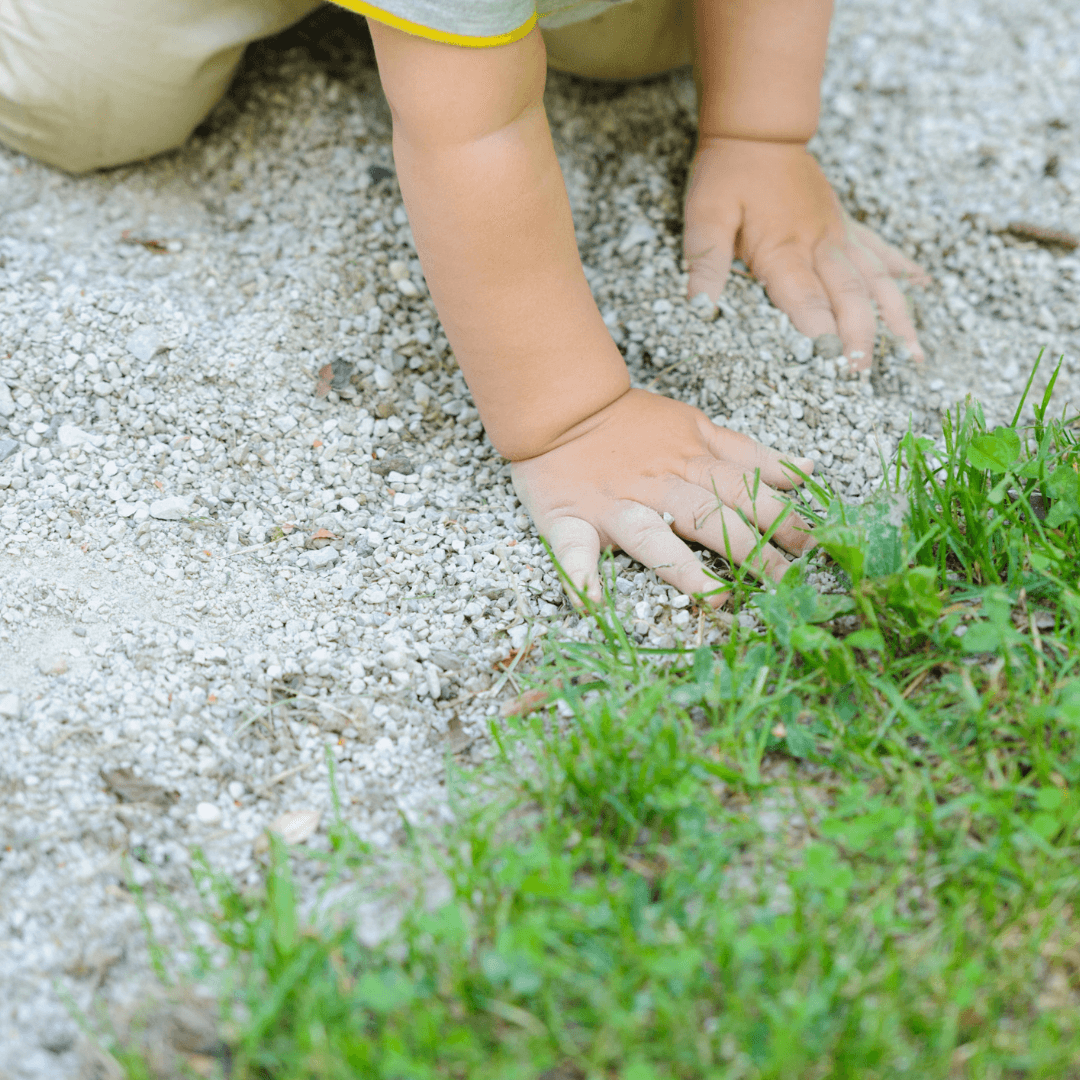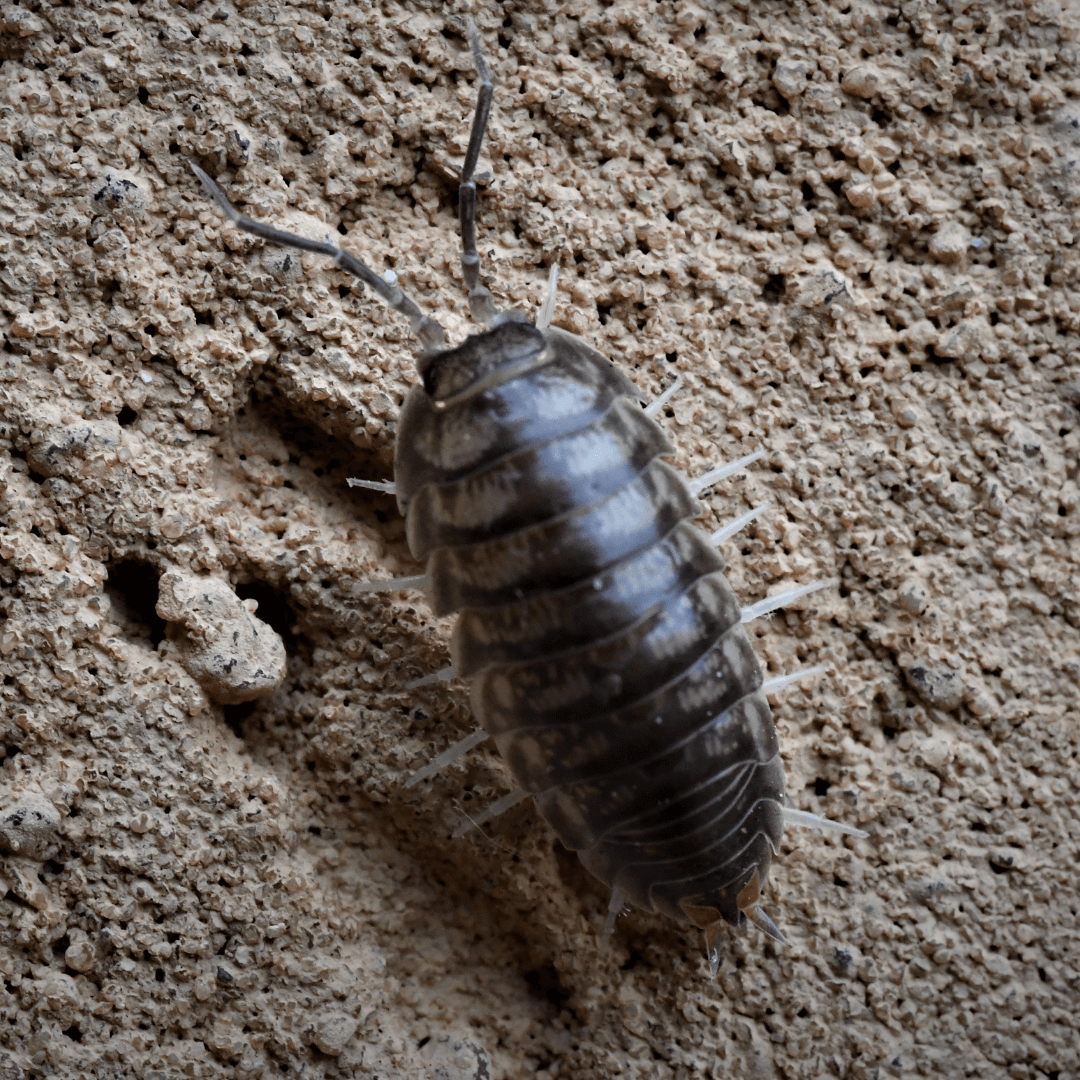Early Childhood Education can have a lot of buzzwords and misunderstandings. This “Philosophy Spotlight” series intends to introduce you to the origins of a number of currently used philosophies directly from the writings of their founders and accomplished practitioners, as well as modern practices and ideas associated with these philosophies. Note that many of the philosophies and philosophers we reference in the US are Euro-centric in origin. I will do my best to integrate philosophies of development and learning from a more diverse body of knowledge, for the benefit of all children and providers. You’ll notice a significant amount of overlap between philosophies, as well as some stark differences. Use these articles to consider your own approach to early education, and maybe refine how you see you work and design your program. These are intended to be broad overviews; please see the references if you’d like to learn more about each one!
Modern Regulating Bodies/Standards:
In the UK, there is the Forest School Association that accredits Forest Schools/Nature Based Programs
Eastern Region Association of Forest and Nature Schools offers teacher certifications.
There is no requirement to be affiliated with these or other regulating bodies to call a program a Forest or Nature School.
Origins, Theories and Theorists:
Forest schools have existed around the world since the early 1920s, with Sweden and Denmark beginning the practice as a type of informal early childhood education. It has expanded substantially in recent years, notably since 2012 and another expansion during and after the start of the COVID-19 pandemic, particularly in Western Europe, Eastern Asia, and the United States.
From UK Forest School:
- Forest school is a long-term process of frequent and regular sessions in a woodland or natural environment, rather than a one-off visit. Planning, adaptation, observations and reviewing are integral elements of Forest School.
- Forest School takes place in a woodland or natural wooded environment to support the development of a relationship between the learner and the natural world.
- Forest School aims to promote the holistic development of all those involved, fostering resilient, confident, independent and creative learners.
- Forest School offers learners the opportunity to take supported risks appropriate to the environment and to themselves.
- Forest School is run by qualified Forest School practitioners who continuously maintain and develop their professional practice.
- Forest School uses a range of learner-centered processes to create a community for development and learning.
Values:
Providers with outdoor/nature based programs value being outdoors in almost all weather.
Leaving nature as it is– stewardship of nature.
Following the seasons; helping children observe the way the world changes over time and in predictable ways.
Some nature programs teach children from a young age how to use a campfire to cook or use other tools to interact with the outdoors. A degree of risky play is often a draw of Forest Schools or Nature Based Programs, whether that’s allowing children to climb trees or rocks, or carry and play with fallen sticks.
A Forest School is distinct from other outdoor play due primarily to time spent outdoors, in amount each day as well as the length of time in months or years in one place. There is also great freedom of time and flexibility of schedule, rather than preplanned and limited time to be outdoors.
What You Might Observe in a Forest School:
Children outside in all weather conditions.
Children out of view of supervising adults.
Adults setting children’s boundaries at the beginning of each session, reminding them how far and in what areas they can explore, what the signal is to return, and where to come back together at that signal.
Risky play, including children using tools.
Few to no traditional toys or play materials.
Influence on Modern ECE Programs at Large:
The Forest School movement has drawn attention to the benefits of time in nature for children and people of all ages, in physical health, mental health, and cognition.
Questions for Your Reflection:
How do I use my outdoor space and time?
What opportunities do children in my program have to notice daily, weekly, and seasonal changes?
What natural resources are available to me and the children in my care?
Bringing or building musical instruments outside can be a great way for children to practice coordination, creativity, rhythms, and tones in a setting that allows them to create a great range of auditory experiences.
To deepen children’s thinking, encourage them to hit different parts of their drum with the stick to see if the sound changes; note when they make louder/softer sounds, and how the achieved it; and help them to create and test hypotheses about how changing their instrument will change the effect (i.e. what would happen if you put a leaf on your drum, and hit that with the drum stick?). By exploring these different traits of the music they create, children are learning about differences in tone and volume, two important concepts within musicianship. As they drum and dance, they are also practicing bilateral coordination (moving both sides of their bodies at the same time), a big skill for pre-writing.
Your instruments don’t need to be complicated. Some boxes and sticks can go a long way! Consider also including recycled cans (with sharp edges covered!), making shakers from water bottles and beads, or wooden spoons —see LOTS more ideas for a variety of ages here.
Outdoor play is very beneficial for young children; however, as providers, we have to be aware of the weather. This handout created by Child Care Weather Watch can help you decide if it is safe to be outside and what clothing, beverages, and protection children need.
Welcome Spring!
Let’s take full advantage of the warm weather and have some safe fun outside!
Incorporating arts into the outdoors is a great way to encourage creativity, exploration, self-expression, and mobility skills development, all while enjoying some sun!
Sharing a simple recipe for outdoor chalk paint!
Printer friendly – Chalk Paint
In the book The Last Child in the Woods, Richard Louv (2005) links the lack of nature in the lives of children to being part of a “wired generation.” He says attention disorders, depression (yes, in children), and more disorders are all due to a “Nature Deficit.” This is an amazing book and a great resource for teachers. I encourage you to read it and bring more nature into your work with children
Kids love to dig and what’s more exciting than finding a Roly Poly? Supply the kids with shovels, magnifying glasses and bug containers and let them go to work. I purchased all of my supplies at the Dollar Store making it very reasonably priced. You could use recycled food containers and spoons found in your kitchen if you don’t have access to these materials.
Here are some fun facts about roly polies that you may not know:
- They are found in most regions of the world and live in moist dark areas, under rocks, bark, leaves and logs.
- They like to eat decaying plants or other vegetation. (What other creatures eat this type of food? Extend your science activity by setting out a fresh carrot with a rotten carrot and see which one the Pill Bugs will eat.)
- Pill bugs have three body parts, seven pairs of legs, two antennae and two eyes. They are ¼ to ½ of an inch in length and can roll into a ball when frightened. These are great facts to discover with your children. Bring out the magnifying glasses!
- Pill bugs are actually not bugs, they are crustaceans. They are related to shrimp and crayfish, breathe with gills, and need humidity or moisture to survive. You can explore other types of crustaceans with children as well.
- The pill bug goes through two stages of development: egg and adult. The female can lay up to 100 eggs, which are held in a pouch (like a kangaroo). After about two months as an egg, they hatch and emerge as a tiny adult. They grow by molting (shedding their skin) and can live up to three years. Good information to research with children. Try checking out a book about pill bugs.
You can explore habitats of all kinds of animals, bugs, or crustaceans. Try creating a roly poly habitat with children out of found materials. However, you also want to help children respect animals and their natural habitats. So make sure they know you ALWAYS put animals back in their natural habitats at the end of every day.
Fill a bucket or other container with water and give toddlers a variety of different types of paintbrushes. Have children paint with the water on the sidewalk or even on a wooden fence. They can paint shapes, letters, pictures, or even just cover the whole space. It can be interesting to watch how the sun dries the water painting and then they can do it all over again!
This space is used for a gathering area for the kids (or a fort/playhouse).

I went to Menards to look for ways to create a natural play house (since I gave away my two plastic little tykes houses). I originally planned to do an arch hut that I saw on Pinterest using a garden arch but when I saw the prices, I just kept walking. I then came up with the idea of using garden trellis, stakes and bamboo fencing. The garden trellis was an accordion type (pictured below), so it can expand to whatever size you want. I already had the rubber pavers, so decided to make it around those and that’s how I determined my size.


Step 1: Hammer the stakes into the ground. (I purchased 4 foot stakes with the rubber coating so they wouldn’t rust). If your sides are long, you would need a stake for each corner and then a stake for each wall for support.

Step 2: Zip tie the accordion fence to the stakes
Step 3: Zip tie bamboo fence on three sides of the structure.
Step 4: Trim off excess bamboo to the height you want the structure to be.


Step 5: Place garden stakes on top to support the bamboo roof. Make sure to measure the width of your structure to know what size stakes to get. I rested them on top of the accordion fence and zip tied them in place.
Step 6: Lay the bamboo fence on top and zip tie it down.

Tip: Measure your space first so you have an idea of how many materials you will need.
Tip: You will need a lot of zip ties to make it sturdy. I purchased natural colored zip tie.
Tip: I did purchase an outdoor rug to place on top of the rubber pavers. This gave them a little bit cozier area and makes it easier to sweep rocks off of.





